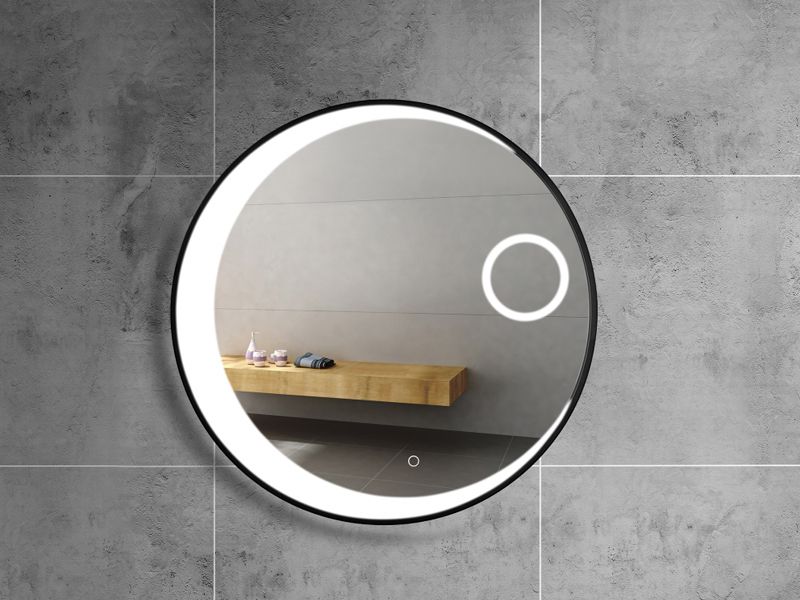

… The Witch tells Snow White that the apple is a magic one that can grant wishes, and knowing of her romance with the Prince, persuades her to wish for a happy reunion before taking a bite. She reaches the cottage and, according to plan, finds that the dwarfs have left and Snow White is alone. Why did the witch giving Snow White the apple? It is used by the Witch in an attempt to do away with Snow White in Snow White and the Seven Dwarfs. A victim of that can only be revived by love’s first kiss. What color Apple did Snow White eat? The Poisoned Apple is a magic blood-red apple which, when bitten, will send its victim into the Sleeping Death. Why did the witch gave Snow White the apple? When the Evil Queen asks the Magic Mirror who the fairest of them all was later that evening, the Magic Mirror told her that Snow White was still the fairest of them all. Who is the fairest of them all hand mirror? The general rule is that if the word is one syllable you add -er, if it’s two syllables you can add -er or use more, if three syllables or more you can only use more. Answer: Fairer is the best choice and accepted correct, as it means more fair. But apparently she only gets to keep her beauty power if she stays pretty by sucking life out of people like a Youth Dementor. The spell indicates that her beauty is actual power and will keep her safe, and only “fairest blood” can undo the spell. The mirror always replies: “ My Queen, you are the fairest in the land.” The Queen is always pleased with that because the magic mirror never lies. What does the witch say to the mirror?Įvery morning, the Evil Queen asked the Magic Mirror the question “Magic mirror in my hand, who is the fairest in the land?”. What’s the meaning of the word “fairest” in the sentence “Mirror, mirror on the wall who’s the fairest of them all?” is it definitely talking about a fair person or does it can means something like beautiful/pretty? In this sentence it means prettiest. In Mirror, Mirror on the Wall, Kate Bernheimer brings together twenty-four of our foremost contemporary women writers to discuss, in poetic narratives, evocative personal histories, and penetrating essays, how the fairy tales we all grew up with – from “Cinderella” and “Little Red Riding Hood” to “Bluebeard” and “The … Who is the fairest of them all meaning?


 0 kommentar(er)
0 kommentar(er)
